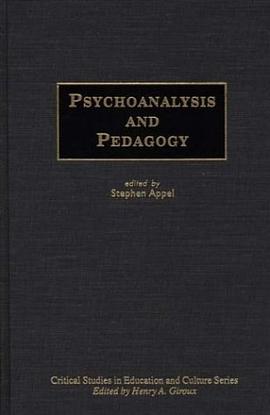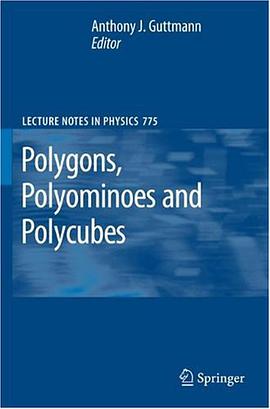

具體描述
In 1954, the United States Supreme Court's ruling in Brown v. Board of Education Topeka (347 U.S. 483) overturned the prevailing doctrine of separate but equal introduced by Plessy v. Ferguson (163 U.S. 537) fifty-eight years prior. By the time Brown was decided, many states had created dual collegiate structures of public education, most of which operated exclusively for Caucasians in one system and African Americans in the other. Although Brown focused national attention on desegregation in primary and secondary public education, the issue of disestablishing dual systems of public higher education would come to the forefront two years later in Florida ex rel. Hawkins v. Board of Control (350 U.S. 413 [1956]). However, the pressure to dismantle dual systems of public education was not extended to higher education until the passage of the Civil Rights Act of 1964. Despite Title VI of this Act, which stated that No person in the United States shall, on the ground of race, color, or national origin, be excluded from participation in, or be denied the benefits of, or be subjected to discrimination under any program or activity receiving Federal financial assistance, nineteen states continued to operate dual systems of public higher education. "The Quest to Define Collegiate Desegregation" explores the evolution of the legal standard for collegiate desegregation after Adams v. Richardson (351 F2d 636 [D.C. Cir. 1972]).
著者簡介
圖書目錄
讀後感
評分
評分
評分
評分
用戶評價
相關圖書
本站所有內容均為互聯網搜索引擎提供的公開搜索信息,本站不存儲任何數據與內容,任何內容與數據均與本站無關,如有需要請聯繫相關搜索引擎包括但不限於百度,google,bing,sogou 等
© 2025 book.quotespace.org All Rights Reserved. 小美書屋 版权所有




















